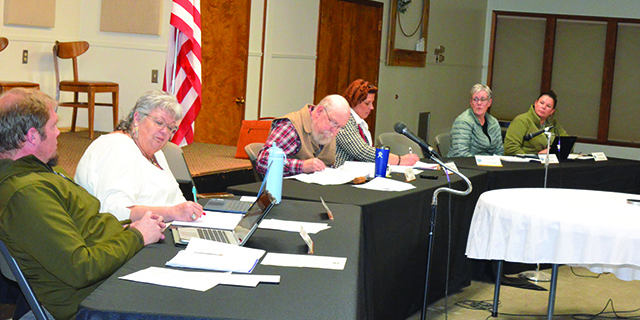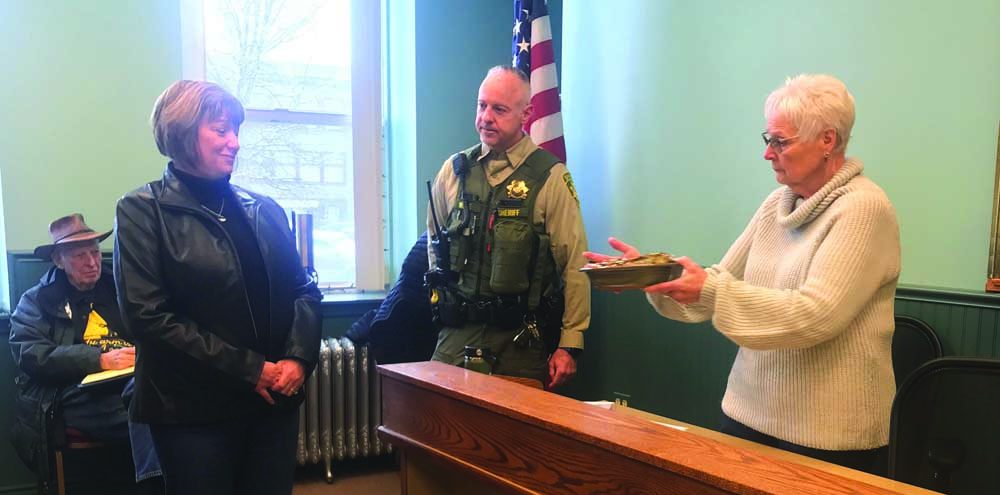Voice of the Chieftain: Days of heat, days of fire require care
Published 6:00 am Wednesday, August 16, 2023
By the time you read this editorial, Wallowa County still will be sweating through a heat advisory issued by the National Weather Service, with temperatures above 100 expected in some parts of the county this week. The advisory is in effect until 11 p.m. Thursday, and by the weekend, the high temperatures are expected to dip below 90.
Now, a triple-digit day crashes through some sort of psychological barrier, but realistically there’s not much difference between a 98-degree day and one that tops out at 103: These are days with dangerous heat, and we need to approach them with caution and common sense.
You know the drill, but it’s always worth reviewing: Drink plenty of fluids, stay in an air-conditioned room if possible, stay out of the sun, and check up on relatives and neighbors. Young children and pets should never be left unattended in vehicles under any circumstances. (Shocking as this still is, unattended children die every year in overheated vehicles.)
Take extra precautions if you work or spend time outside. When possible, reschedule strenuous activities to early morning or evening. Know the signs and symptoms of heat exhaustion and heat stroke; heat stroke is an emergency, so call 911. Wear lightweight and loose-fitting clothing when possible. Take frequent rest breaks in shaded or air-conditioned environments.
Here’s a related point that also probably seems obvious: Hotter weather increases the risk of wildfire. You know that, of course, but word may not getting around to everybody: According to a new article in High Country News, a publication that has covered the West for decades, the number of human-caused wildfires in Oregon and Washington so far this year is way up when compared to last year.
By the end of July 2022, the U.S. Forest Service said, there had been 86 human-caused or undetermined-caused fire starts in national forests in Oregon and Washington. The number this year as of July 28 was 197.
There’s no data yet to definitively explain the big jump, but you already know some of the reasons for this. A century of fire suppression has created a backlog of fuel that stands ready to feed a fire. Our wet spring was a boon to grasses that now, after a hot and dry summer, also are ready to burn.
And, of course, the boom in outdoor recreation means that more people are in the woods. Some of those people sometimes do stupid things that lead to wildfires. The Oregon Department of Forestry has estimated that more than 70% of the state’s wildfires are caused by humans.
It’s worth remembering, especially since wildfire season now stretches into October and sometimes beyond, that extra care is required when we’re outdoors. Frankly, though, this doesn’t take a lot of extra work. Be mindful of your actions. Remember that just one stray spark, especially in the heat of August, can trigger a conflagration. Be sure you follow fire restrictions in place for national forests and lands protected by the Department of Forestry.
You don’t want to be the person whose careless action sparked a wildfire that devastated a forest, threatened structures, triggered agonizing evacuation notices and put the lives of firefighters and residents at risk. With just a little bit of thought, you don’t have to be.
Finally, here’s a quick word from your sponsor: When the National Weather Service issues an alert for Wallowa County (and soon enough, they will be about winter storm warnings), the alert automatically shows up near the top of the Chieftain’s website at wallowa.com. It’s an easy way to keep tabs on rapidly changing weather conditions in the county.





